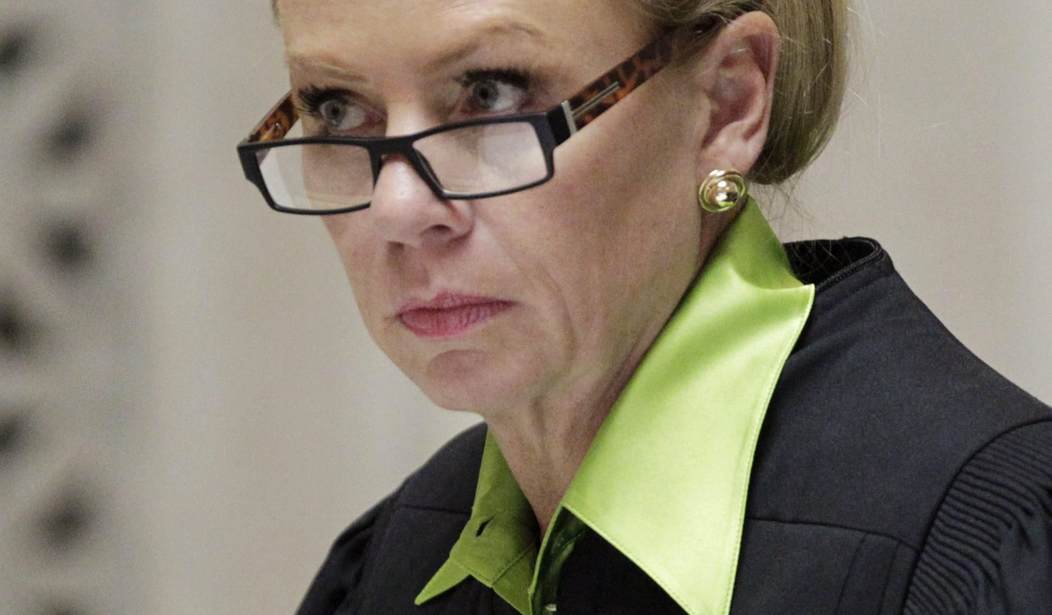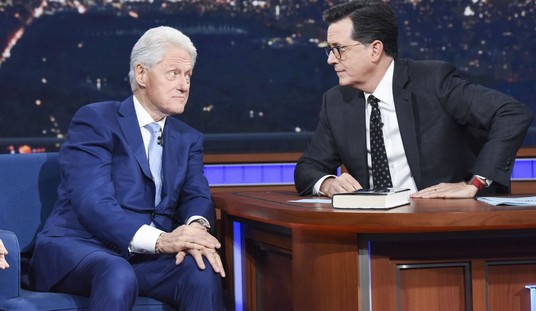Many Wisconsin residents heaved a great sigh of relief after the election in November: the long, grueling campaign was over, the nightmarish prospects of both Hillary Clinton in the White House and the return of Russ Feingold had been averted, and they now could look forward to an “off-year,” devoid of politics.
’Tain’t so, gentle reader; there are no “off-years.” A Wisconsin spring election is looming in April. Though most of the offices being contested in the election are local — for instance, village trustee in Shorewood, where I live — there will also be two statewide offices on the ballot.
Both are crucial to the state’s further development. Both also have an interesting story to tell.
The Walker Revolution of 2010 completely changed the political face of Wisconsin. Before the November 2010 election, the Democrats controlled every statewide office but one (attorney general) and held majorities in both houses of the state legislature. The result was fiscal disaster. One of the most heavily taxed states in the country, businesses were leaving Wisconsin in droves, and the last budget of the Democratic Doyle administration left the state with an unconstitutional deficit of $3.6B.
The situation was almost completely reversed after the November election.
When the dust settled, the Republicans held all but three statewide offices (the Democrats retained secretary of State, one U.S. senator, and the superintendent of the Department of Public Instruction, who oversees all of the state’s public schools). Republicans held majorities in both houses of the state legislature.
Since then, the fortunes of the Republican Party of Wisconsin have gone from strength to strength. After this past November, the party has historic majorities in the Assembly and the Senate, which have not been seen since 1957 and 1971, respectively.
In this atmosphere of fiscal sanity and commonsense reform which has prevailed since the “Red Tsunami” of 2010, the last resort of Wisconsin’s Left has been the court system. What they can’t win in the free marketplace of ideas and at the ballot box, they attempt to impose through the courts. This has made every Supreme Court race a battle royale over the last six years.
The conservative takeover of the state’s court of last resort really began in 2008, when Justice Michael Gabelman defeated the ethically challenged Louis “Loophole Louie” Butler, a darling of the Left, the first time a sitting incumbent justice had been defeated since 1967. This made Gabelman a focus of Leftist bile and hatred ever since.
But in 2011, the fun really started. That was when JoAnne Kloppenburg, a Court of Appeals judge in Dane County, the furthest left in the state, ran against Justice David Prosser and was narrowly defeated (despite a botched vote count in conservative Waukesha County which led to a dramatic statewide recount). The next contest pitted Leftist incumbent Ann Walsh Bradley against Rock County Judge James Daley in 2015. Daley, who received only lukewarm support from the important opinion makers of southeastern Wisconsin, the local talk radio hosts, was defeated because of a couple of his controversial decisions.
Justice Patrick Crooks (the last Supreme Court justice to run unopposed, in 2006) unexpectedly died in office, and Governor Walker appoint Rebecca Bradley to replace him. Bradley had to run in the next spring election, and JoAnne Kloppenburg tried again: she mounting a vicious smear campaign in which she was aided and abetted by the state’s largest newspaper, the Milwaukee Journal Sentinel. It didn’t work — Bradley handily won the 2016 spring election.
If there is any other justice on the court as roundly hated by the Left as Gabelman, it is Annette Ziegler, who is running for a second 10-year term this spring. And she is running unopposed. The Democrats were unable to find anyone to run against her. Said Wisconsin Democratic Party spokesman Brandon Weathersby:
We fielded a number of options for the Supreme Court, but those potential candidates decided not to run for office after taking personal stock and speaking with their families. We remain committed to helping to elect progressive candidates up and down the ballot this spring.
In reality, they didn’t want to run against a war chest already exceeding $200,000 — a lot for a Wisconsin Supreme Court race — and a raft of solid endorsements from law enforcement professionals and other prominent citizens. Not even fielding a candidate against a hated rival: this is how low the Democratic Party has sunk.
In the election for superintendent of the DPI, on the other hand, two conservative candidates are challenging the liberal, hyper-partisan incumbent Tony Evers.
Dr. Lowell Holtz, an award-winning former school district superintendent, and John Humphries, currently a school administrator in Dodgeville, are both proponents of expanding Wisconsin’s school choice program. Both are receiving conservative endorsements. As a result, there will be a primary in February, and the top two vote-getters will then go on to run in the April election.
So it is possible that the Democratic incumbent will place third — and be out of the running entirely.
It’s a sign of the times, as the Democratic Party moves ever further leftward towards irrelevancy.









Join the conversation as a VIP Member